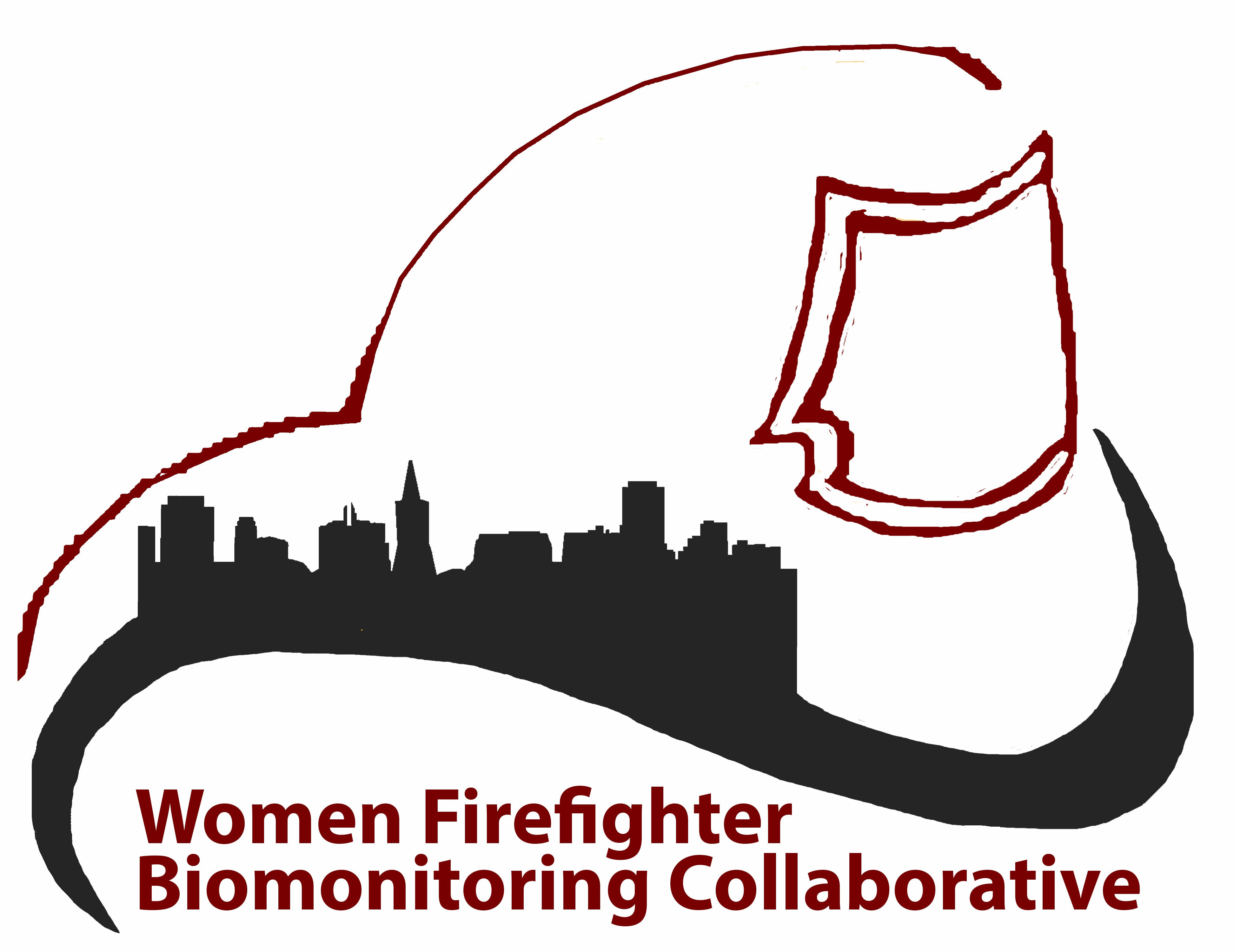Currently, the blood samples are being analyzed in the lab, and we are working hard to be able to return the first wave of results in early 2017.
Data Analysis
- We are currently analyzing the data we collected from questionnaires. This included information on the use of consumer products, workplace conditions, dietary intake, and other information. We will be looking at relationships between what all participants reported in the questionnaire and the results of our chemical analysis of blood samples. We are also looking at similarities and differences between firefighters and office workers.
- Lab measurements of participants’ exposures to perfluorinated compounds (PFCs) have been completed, and we are now analyzing that data to assess differences in exposures between firefighters and non-firefighter participants. We are also looking at the questionnaires to understand potential sources of exposure for this class of chemicals.
- We are making headway with the non-targeted analysis of the samples. Non-targeted analysis is an innovative method to look for chemicals in participants’ blood that may have not been previously studied. From a list of several candidate compounds from our initial non-targeted screen of the samples, we have selected 9 compounds that we will further test for and measure in participant’s samples over the next few months.
When to expect results
Once the lab sends us the raw data, there is a lot of work to organize the data so that we can share results with WFBC participants. Results will likely be shared in two batches.
- First, by January 2018, you can expect the first batch of results for PFCs and flame-retardant compounds. The lab has completed PFC measurements and we are now cleaning that data. Analysis of flame-retardant will continue through the end of 2017. The results we will send will share the overall trends in chemical levels measured for both firefighters and office workers. Participants will have the opportunity to see their own personal results.
- In early 2018: we will provide results for the compounds we measured through our non-targeted analysis, which are by-products of combustion.
Other news and accomplishments
- Our WFBC firefighter partners have been active in making sure that chemical exposure prevention strategies are implemented sooner rather than later. With the support of Commonweal, Breast Cancer Prevention Partners and the Blue-Green Alliance, members of our research team have developed a popular workplace training: entitled “Extinguishing Cancer from the Fire Service” which has been given at multiple fire-departments nationwide. They are also working with SFFD to begin offering the training locally. Finally, this group produced two educational videos on personal protective equipment and decontamination.
- We just received additional funding from the California Breast Cancer Research Program to expand the scope of our study to assess occupational exposures to environmental chemicals among nurses. We will also expand our firefighter biomonitoring work to identify potential breast carcinogen exposures and associated biological responses related to recent fire events. We may be contacting some of our firefighter participants to see if they are interested in participating in this new component of our study.
If you have any questions about these updates, please don’t hesitate to contact WFBC study coordinator , or . Without your participation, the Women Firefighter Biomonitoring Collaborative Study would not be possible.
